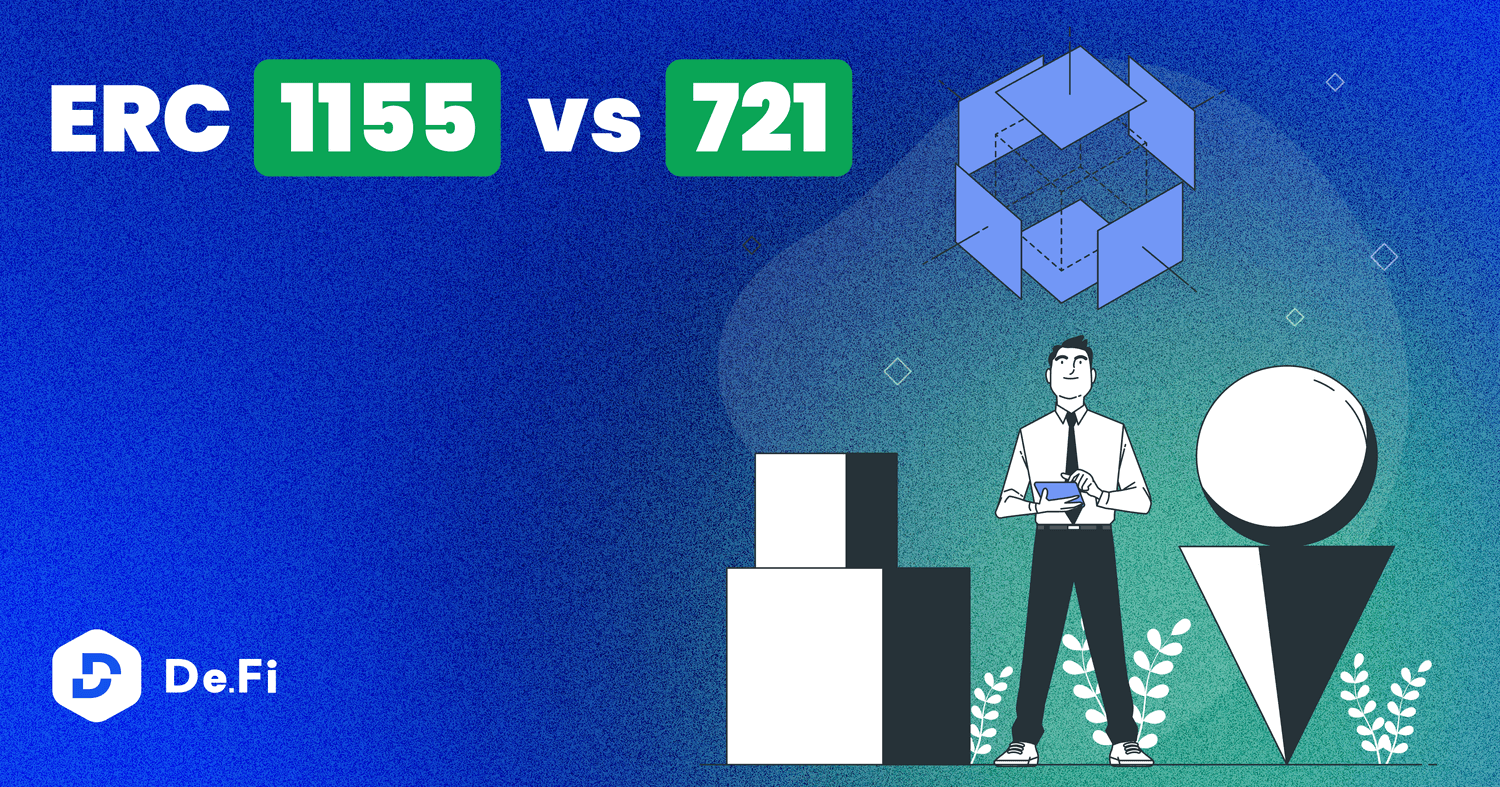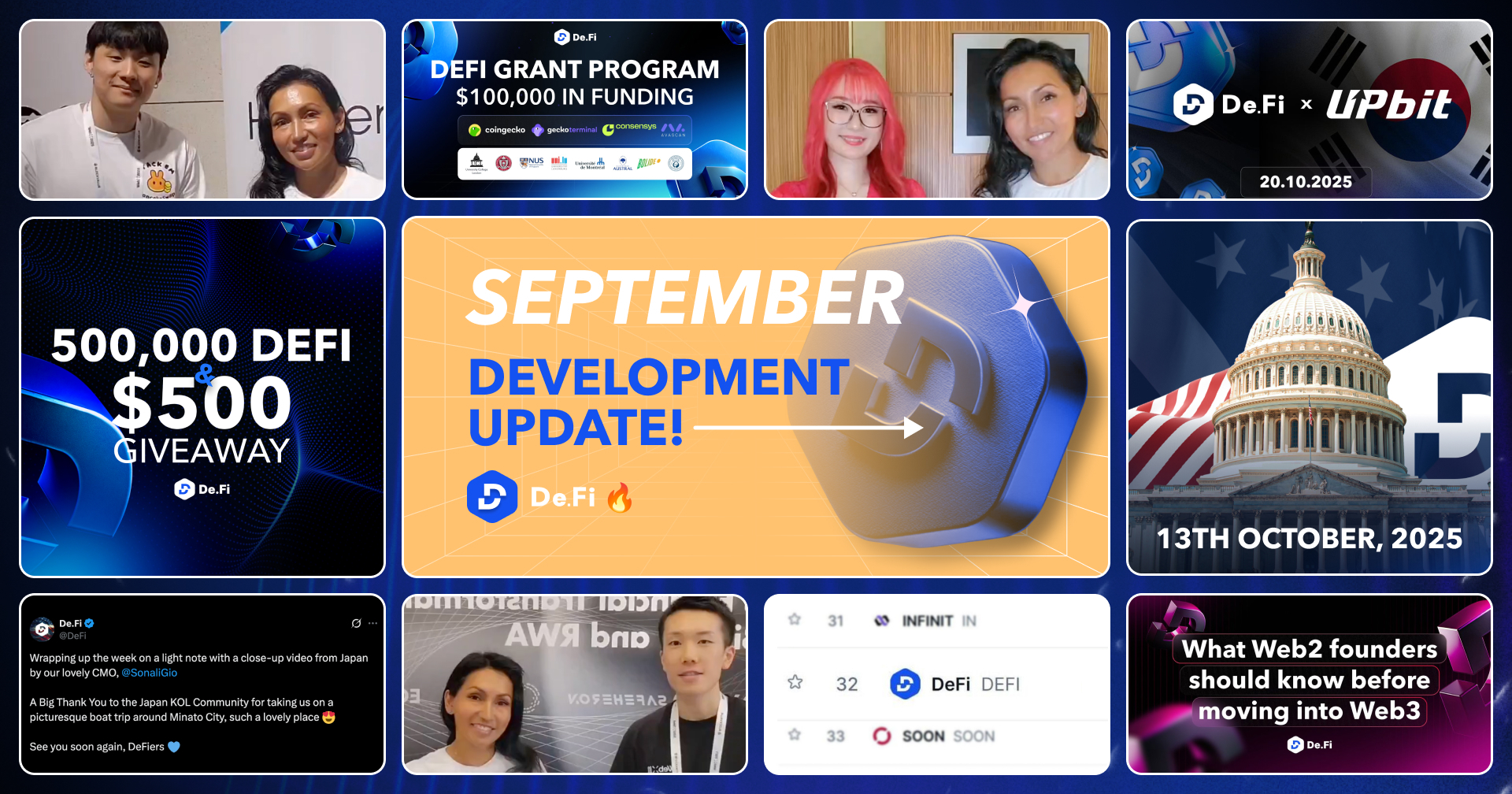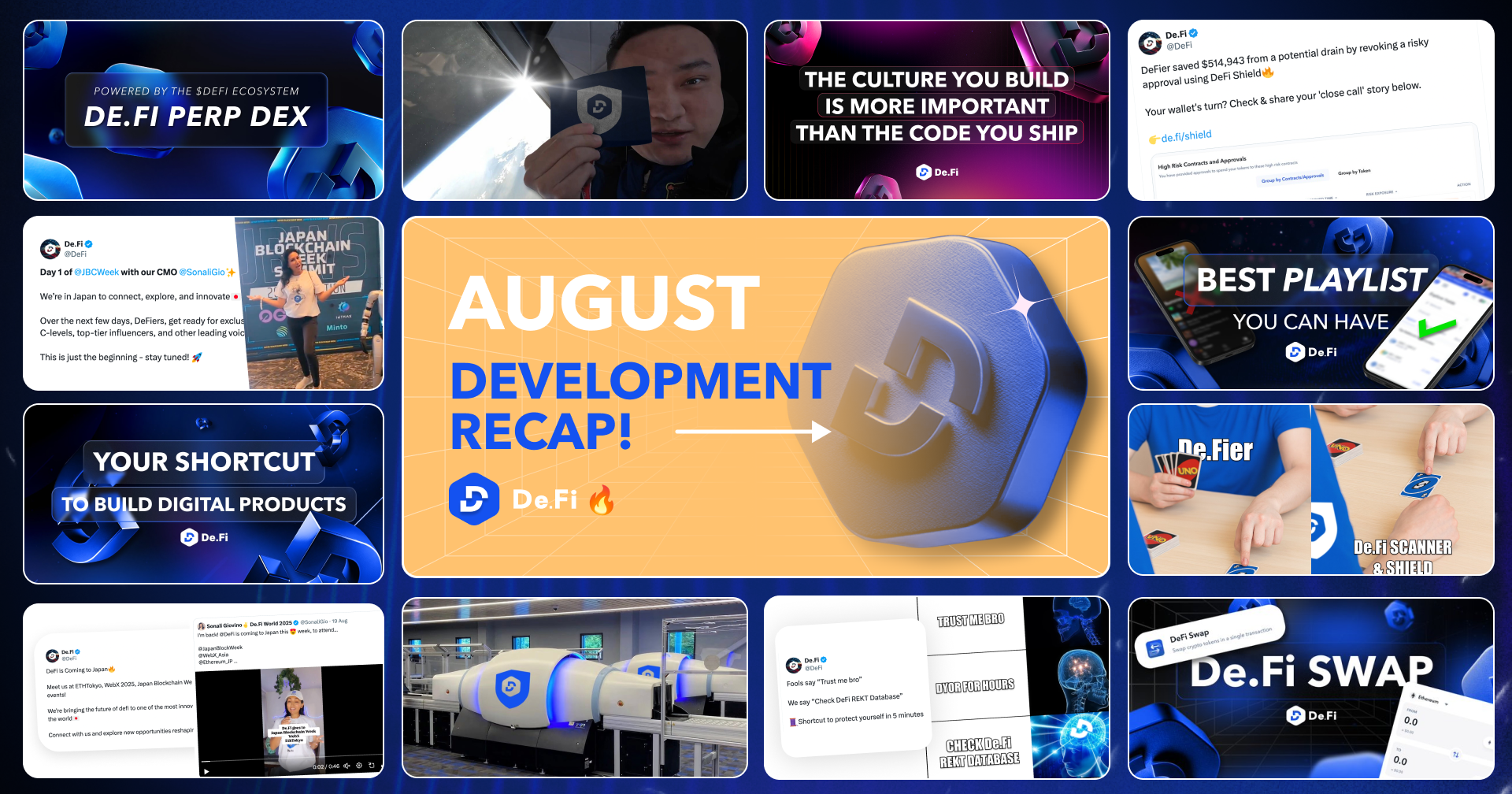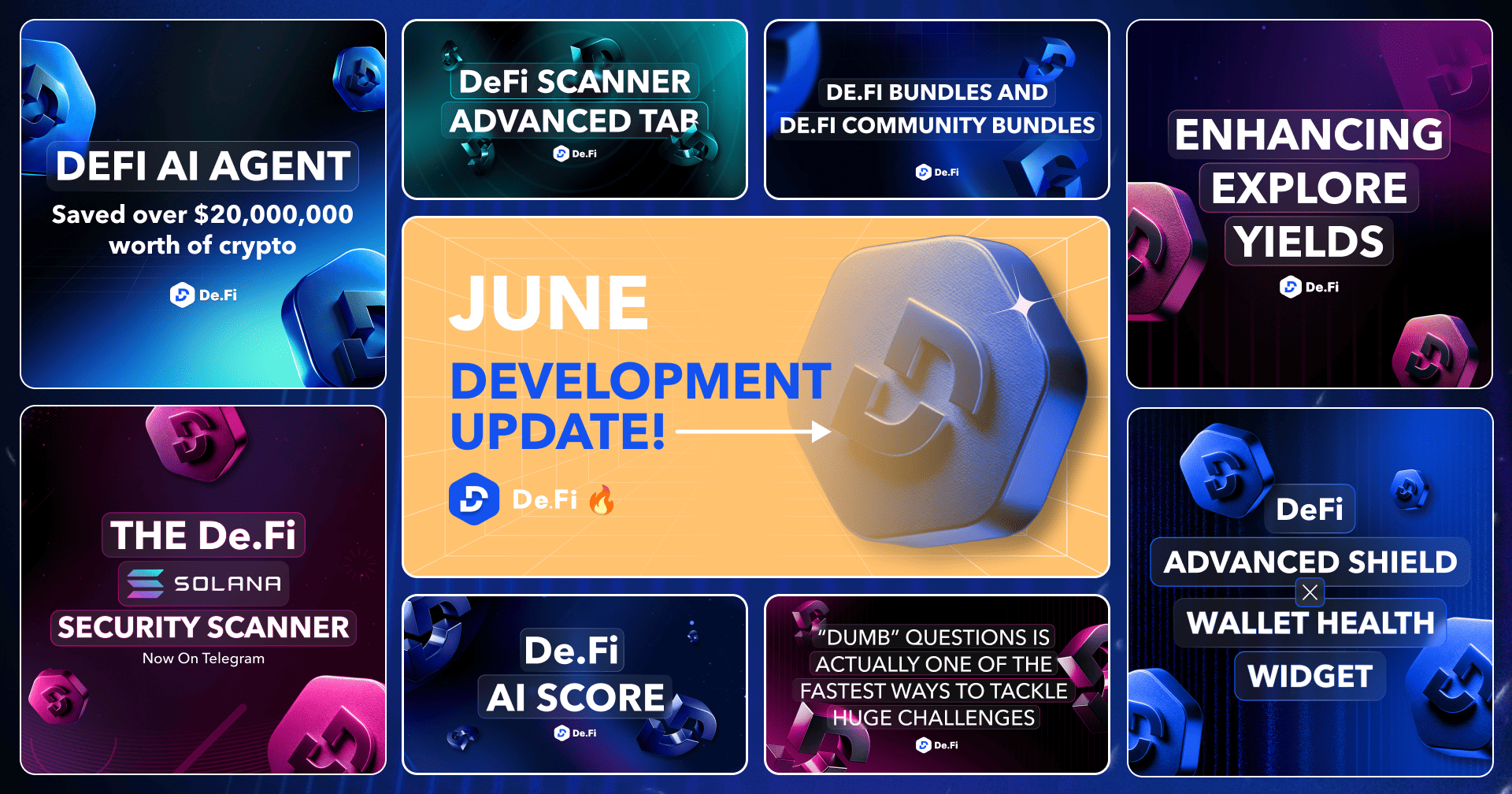In this article, we will explore the concept of ERC token standards in the Ethereum ecosystem. ERC stands for Ethereum Request for Comments, and it refers to a series of technical standards proposed by the Ethereum community to define rules and functionalities for tokens, smart contracts, and various applications on the Ethereum blockchain.
We will focus on the two prominent ERC standards used for NFTs: ERC-721 and ERC-1155. Each of these standards has its unique characteristics and use cases. By understanding these standards, we can gain insights into the different types of tokens and their applications within the Ethereum network.
What Does ERC Mean?
ERC, which stands for Ethereum Request for Comments, is a term used to describe a subcategory of Ethereum Improvement Proposals (EIPs). EIPs are proposals made by the Ethereum community to suggest changes, improvements, or additions to the Ethereum network. ERCs specifically focus on defining technical standards for tokens, smart contracts, and other Ethereum-based applications.
The three most common ERC standards are ERC-20, ERC-721, and ERC-1155. ERC-20 is the token standard for fungible tokens, which are interchangeable and represent the same value. Well-known tokens like UNI or LINK are ERC-20s. ERC-721, on the other hand, is the token standard for non-fungible tokens (NFTs), which are unique and represent verifiably distinct digital objects. Lastly, ERC-1155 is a multi-token standard that supports the creation of fungible, semi-fungible, and non-fungible tokens within a single contract.
ERC-20 vs ERC-721 vs ERC-1155
Each ERC standard serves a specific purpose and offers different functionalities. ERC-20 is widely used for creating cryptocurrencies, stablecoins, and other fungible tokens. ERC-721 is popular for creating NFTs, enabling the representation of unique digital assets such as artwork, collectibles, and in-game items. ERC-1155 provides flexibility by supporting multiple token types in a single contract, making it suitable for complex token ecosystems like gaming platforms.
By adhering to these ERC standards, developers ensure compatibility, interoperability, and standardized functionality for their tokens and applications within the Ethereum network.
ERC-721: The NFT Standard
ERC-721 is a token standard within the Ethereum ecosystem that introduced the concept of non-fungible tokens (NFTs). It is by far the most popular NFT ERC. Unlike ERC-20 tokens, which are interchangeable and represent the same value, ERC-721 tokens are unique and cannot be exchanged on a one-to-one basis. Each ERC-721 token has distinct values, properties, and ownership.
Development History & Adoption
ERC-721 was first proposed in 2017 by Dieter Shirley, a developer at Dapper Labs, as a response to the need for a standard that could represent unique digital assets on the blockchain. It quickly gained popularity and became the foundation for the explosion of NFTs that we see today.
The adoption of ERC-721 tokens has been remarkable, transforming various industries and enabling new use cases. The most common application of ERC-721 tokens is in the realm of digital art. Artists and creators can tokenize their work as NFTs, providing proof of ownership and scarcity in the digital world. Projects like CryptoKitties, which allows users to collect, breed, and trade virtual cats, brought significant attention to ERC-721 tokens and highlighted their potential for gaming and collectibles.
Popular Projects Using ERC-721
CryptoPunks: One of the earliest and most iconic NFT projects, CryptoPunks features 10,000 unique, algorithmically generated pixel art characters, each with distinct traits and rarity.

Zombie and Ape punks are some of the rarest in the collection
Decentraland: A virtual reality platform built on Ethereum, Decentraland utilizes ERC-721 tokens to represent virtual land parcels that users can own, trade, and build upon.
Art Blocks: An NFT platform that showcases generative art projects, Art Blocks leverages ERC-721 tokens to provide users with unique and programmatically generated artwork.
ERC-1155: Unlocking Exciting New Token Economies
ERC-1155 is a token standard on the Ethereum blockchain that provides a more versatile and efficient approach to tokenization. It was introduced as an upgrade to the existing ERC-20 and ERC-721 standards, offering a solution that combines the benefits of both fungible and non-fungible tokens (NFTs) within a single contract.
ERC-1155 tokens can represent a wide range of assets, including fungible, semi-fungible, and non-fungible tokens. This flexibility makes them suitable for various use cases, such as gaming, digital collectibles, virtual assets, and more.
Development History & Adoption
ERC-1155 was proposed by Enjin, a blockchain gaming platform, and was developed to address the limitations of previous token standards. It was introduced in 2018 as a response to the growing demand for a more efficient and scalable token standard that could support different types of tokens within a single contract.
The adoption of ERC-1155 has been steadily increasing, especially in the gaming industry. Its ability to handle multiple token types in one contract makes it particularly well-suited for complex in-game economies and the creation of unique virtual assets.
Popular Projects Using ERC-1155
Enjin: Enjin, the platform that introduced the ERC-1155 NFT, uses it extensively for their blockchain-based gaming ecosystem. They enable the creation and management of both fungible and non-fungible assets for various games and virtual worlds.
The Sandbox: The Sandbox is a virtual world where players can create, own, and monetize their gaming experiences. ERC-1155 tokens are used to represent various in-game assets, including virtual lands, avatars, and game items.
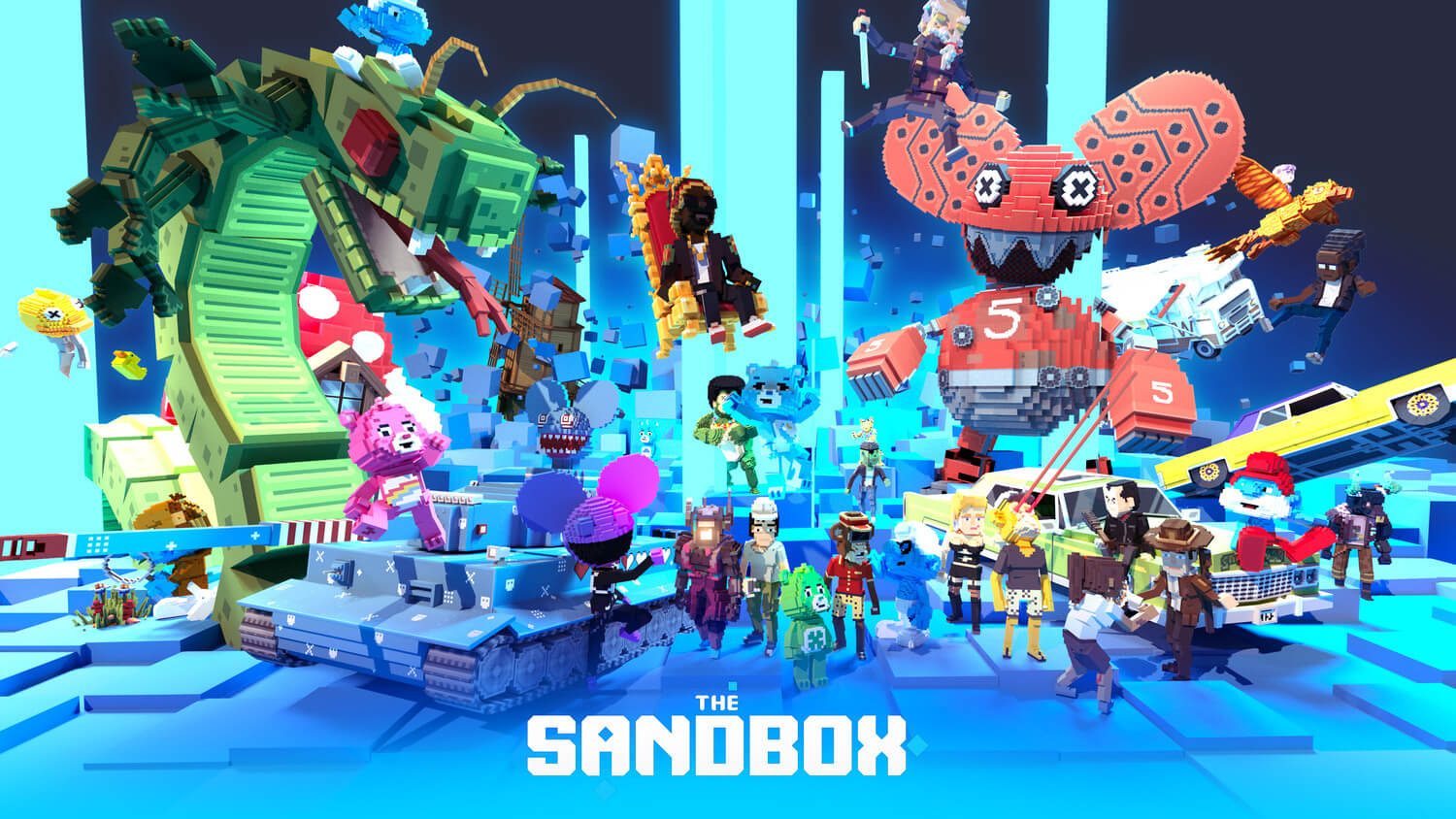
MyCryptoHeroes: MyCryptoHeroes is a popular blockchain-based game that is an ERC-1155 NFT example. It uses ERC-1155 tokens to represent unique heroes. Each hero is an NFT with distinct traits and powers.
Chain Guardians: Chain Guardians is a blockchain-based gaming ecosystem that incorporates strategic gameplay and NFTs. Players can collect and trade ERC-1155-based guardians, which serve as in-game characters and assets.
SuperFarm: SuperFarm is a cross-chain DeFi protocol that allows users to create and manage NFT farms. ERC-1155 tokens are utilized to represent these NFT farms, enabling users to earn rewards and participate in the platform’s ecosystem.
ERC-1155 NFTs have gained significant traction due to their ability to simplify token management, reduce gas costs, and support a wide variety of token types. As the blockchain and gaming industries continue to grow, we can expect to see further adoption and innovation surrounding ERC-1155 NFTs.
ERC-721 vs ERC-1155: Which to Use?
When considering whether to use ERC-721 or ERC-1155 for a project, it’s important to understand the key differences between the two standards and the unique features they offer. It’s worth noting that the choice on ERC-721 vs 1155 is not a matter of one being inherently “better” than the other, but rather about selecting the standard that aligns with the specific goals and requirements of the project.
The primary advantage of ERC-721 is its established history of development and adoption. Being the first widely recognized NFT standard, ERC-721 has a wealth of resources, tools, and examples available for developers to reference. It has a proven track record in applications such as digital art and collectibles. For projects looking to create unique, non-fungible tokens that represent distinct digital assets, such as artwork or collectible items, ERC-721 is often the preferred choice. For example, a digital art marketplace that wants to tokenize and trade individual pieces of art would likely choose ERC-721 due to its focus on non-fungible tokens and the existing ecosystem surrounding this standard.
On the other hand, ERC-1155 offers greater flexibility and efficiency in managing different token types within a single contract. This standard is capable of supporting fungible, semi-fungible, and non-fungible tokens, making it suitable for projects that require a diverse range of token functionalities. For instance, a gaming platform that wants to create both fungible in-game currencies and unique non-fungible assets, such as weapons or characters, would benefit from the versatility of ERC-1155. With ERC-1155, developers can reduce complexity by utilizing a single contract to handle multiple token types, resulting in improved scalability and cost-effectiveness.
Looking to make your own NFTs? Check out our AI NFT guide above
The decision to use ERC-1155 vs 721 ultimately depends on the specific requirements and objectives of the project. If the focus is on creating and trading unique digital assets with individual ownership and characteristics, ERC-721 is a solid choice. On the other hand, if the project necessitates the management of multiple token types, such as a gaming ecosystem with various in-game assets and currencies, ERC-1155 provides the flexibility to accommodate these diverse needs.
It’s also worth considering that both standards can coexist and be utilized together in certain scenarios. Some projects may choose to combine ERC-721 and ERC-1155, leveraging the strengths of each standard to create a comprehensive token ecosystem.
While ERC-721 has a longer development history and is well-suited for non-fungible tokens representing unique assets, ERC-1155 offers greater flexibility and efficiency in managing different token types within a single contract. The decision ultimately comes down to the specific use case and requirements of the project, and developers should carefully evaluate which standard aligns best with their goals to create a successful and effective token implementation.
The Exciting Potential of NFTs
Non-fungible tokens (NFTs) have emerged as groundbreaking technology with the potential to revolutionize various industries. While their current applications in digital art, collectibles, and gaming have gained significant attention, the future possibilities of NFTs extend far beyond these realms.
NFTs hold the potential to disrupt industries such as real estate, fashion, music, and even governance. By tokenizing real-world assets, NFTs can enable fractional ownership and easy transfer of property rights. This could revolutionize the way we buy, sell, and invest in real estate, making it more accessible and transparent.
In the fashion industry, NFTs can be used to authenticate and track the provenance of luxury goods, combating counterfeiting and providing consumers with confidence in their purchases. Additionally, NFTs can enable new models of music ownership and distribution, allowing artists to directly monetize their work and engage with fans through unique digital collectibles.
Furthermore, NFTs hold the potential to reshape the gaming industry by enabling true ownership of in-game assets and allowing players to trade and monetize their virtual possessions. The concept of play-to-earn games, where players can earn valuable NFTs as they engage with the game, is gaining traction and could revolutionize the gaming landscape.
The possibilities for NFTs are vast and continually evolving as developers and innovators explore their potential. As the technology matures, we can expect to see even more innovative use cases and applications.
Manage Your Crypto Assets With De.Fi
To navigate the exciting world of NFTs and manage your crypto assets effectively, De.Fi offers a comprehensive suite of tools and resources. Whether you own NFTs, fungible tokens, or a combination of both, De.Fi provides the best crypto portfolio tracker for monitoring, and interacting with your assets in the web3 ecosystem.
With our powerful portfolio management tools, you can effortlessly keep track of your NFTs’ value, monitor their market trends, and stay informed about the performance of your crypto investments. Our user-friendly interface and intuitive features make it easy to manage and explore the full potential of your digital assets.
Furthermore, our free solidity auditor tool, Scanner, lets you detect smart contract risks before you invest. We also offer a wallet permission revoke tool, Shield, that analyzes your web3 wallet to find malicious token or contract approvals. After detection, you can choose to remove these permissions with the click of a button.
We also provide valuable educational resources through our blog, YouTube channel, and Twitter account. These platforms offer insights, tutorials, and industry updates, helping you stay informed about the latest developments in the NFT and decentralized finance space.
As the future of NFTs continues to unfold, De.Fi is committed to empowering web3 users with the tools and knowledge they need to thrive in this dynamic landscape. Visit our website to explore our portfolio management tools and leverage our resources to stay at the forefront of the NFT revolution.
